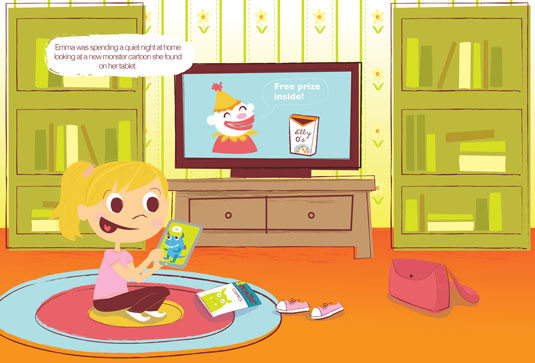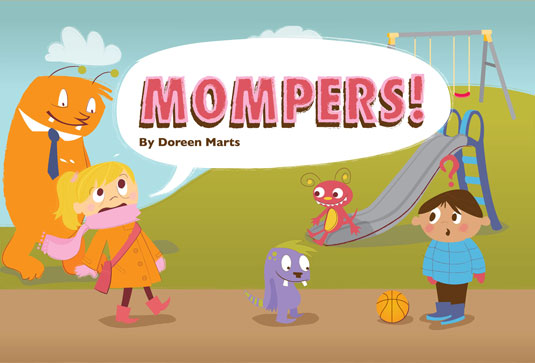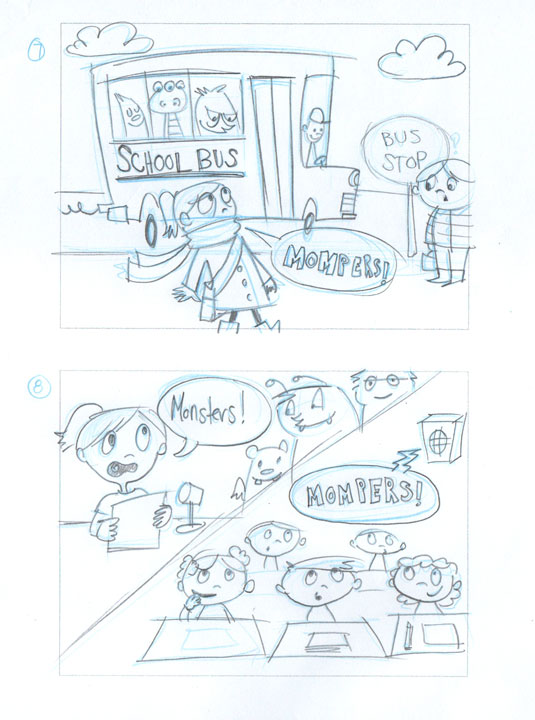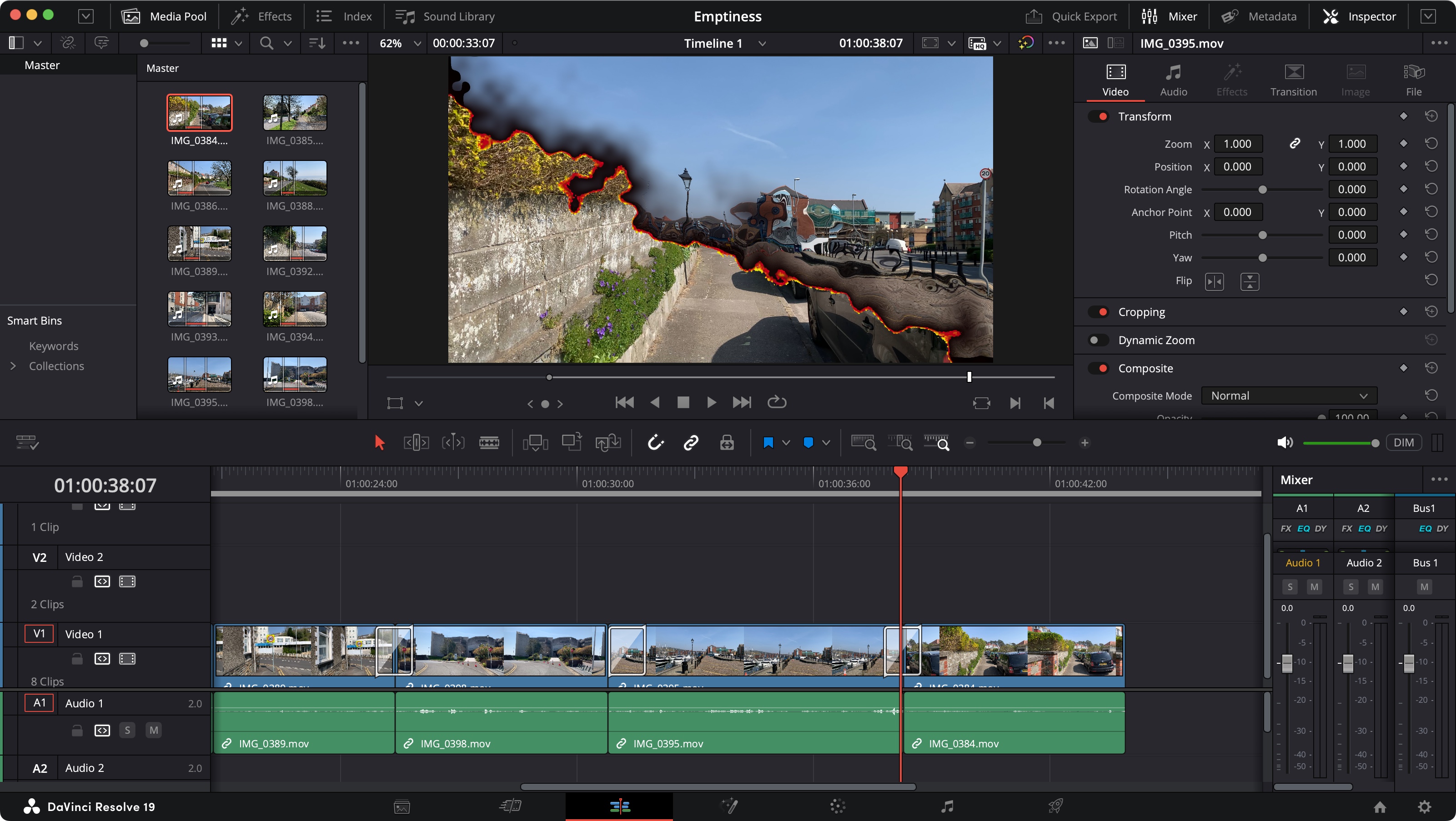A guide to illustrating children's books: 7 top tips
Professional advice on how to bring your stories to life, and help them find an audience.
Want to get into book illustration? Well you're not alone. There are thousands of talented illustrators out there who'd like nothing more than to visually interpret works of fiction for a living. So how do you beat off the competition?
Well, a good start is to get advice from someone who's already doing it. Here New Jersey illustrator Doreen Marts gives her best pieces of advice about how to be a successful children's book illustrator...
01. Be persistent

When I began my journey into the book world, I was easily intimidated at how difficult it can be. But I kept at it; I kept drawing and creating new work, kept evolving my style (still a work in progress), kept contacting people, and soon it paid off.
I met my agency at a trade show, introduced myself and showed them my portfolio. They represent artists who have a similar style to mine, and a little while later they accepted me. Having an agent is a big help, but not the only way to become a book illustrator.
02. Inspiration is all around

Whether it be a song, TV show or whatever, I take anything and everything that inspires me and try to make it my own. I see a cool shirt in the store with a picture of an ice cream cone; how can I make my own cool ice-cream cone illustration? I hear a song about love, how can I write my own love story?
Inspiration is everywhere, you just have to open yourself up to it. Also I like to look at certain websites with my morning coffee to get the day going and see what opportunities are out there. Pinterest, Instagram, Twitter, blogs, and Tumblr are good options. Pinterest is my favourite – there are lots of amazing ideas, resources and people on there.
Pinterest is where I met my mobile publisher Storypanda. They started following me, I contacted them and we started working together on my very first storybook app for the iPad called Mompers!
03. Don't think, draw

I find that the blank page can be very intimidating. And an editor friend of mine once used that phrase which really made a light bulb go on over my head: "Don't think, draw".
Some of my best sketches are when I'm not thinking, when I'm on the phone and sketching or watching TV. I'm not nervous about whether it will be a good sketch, I'm sketching because I love to draw.
If I'm getting nervous about starting a new project, that's when I say to myself, 'Don't think – DRAW', and I start to just work and I keep at it until it is something I'm happy with.
04. The first draft won't be perfect
I used to get flustered right away when something didn't look or read like it I pictured it in my head. And if wasn't a job I was getting paid for, I often ended up leaving it unfinished.
Another friend mentioned that the first draft is almost never going to be a home run; you need to write or draw that first mediocre draft or sketch to get to that great story or piece of art. It all starts with a small sketch and or idea, you work at it, revise, edit, and in the end it becomes what you had in your head, or better.
05. Find a work style that suits you

There are so many ways and mediums to do things now. Personally, I always start out drawing by hand. Sometimes I colour the drawing in Photoshop (part of Adobe's Creative Cloud) to keep the line work visible. At other times I redraw the sketch in Illustrator, which offers me an easier way to make revisions and duplicate characters or backgrounds.

I like to change things up so I'm not doing the same thing for every project, which also has me learning a lot along the way. I think that's what I like most about being a freelance illustrator: every day is different. One minute you are drawing monsters, the next ponies.
06. Another set of eyes always helps

Often when you are writing or drawing a book illustration, you are so involved in it that you might not see or miss things others might see. Have a friend or co-worker look at it – they might see if a colour isn't working, or a sentence that could be reworked.
Working from home I don't have the pleasure of having co-workers close-by any more, but I can email other writer and illustrator friends my ideas, thoughts and pictures. It helps to surround yourself with creative support.
Also, rejection is a great learning tool. I've had my ideas rejected many times over by publishers when pitching or showing my portfolio, but I take it all as a learning experience. It's through these experiences you discover what you need to work on, and can move forward. Don't let rejection get you down!
07. Further reading
Want more advice? Read From brief to book: A guide to book illustration for beginners, in which we explain how the publishing cycle works for illustrators and some leading art directors give some top tips on how to get your work noticed.
Related articles:
- Illustrator tutorials: amazing ideas to try today!
- Great examples of doodle art
- The ultimate guide to designing the best logos

Thank you for reading 5 articles this month* Join now for unlimited access
Enjoy your first month for just £1 / $1 / €1
*Read 5 free articles per month without a subscription

Join now for unlimited access
Try first month for just £1 / $1 / €1
Get the Creative Bloq Newsletter
Daily design news, reviews, how-tos and more, as picked by the editors.
